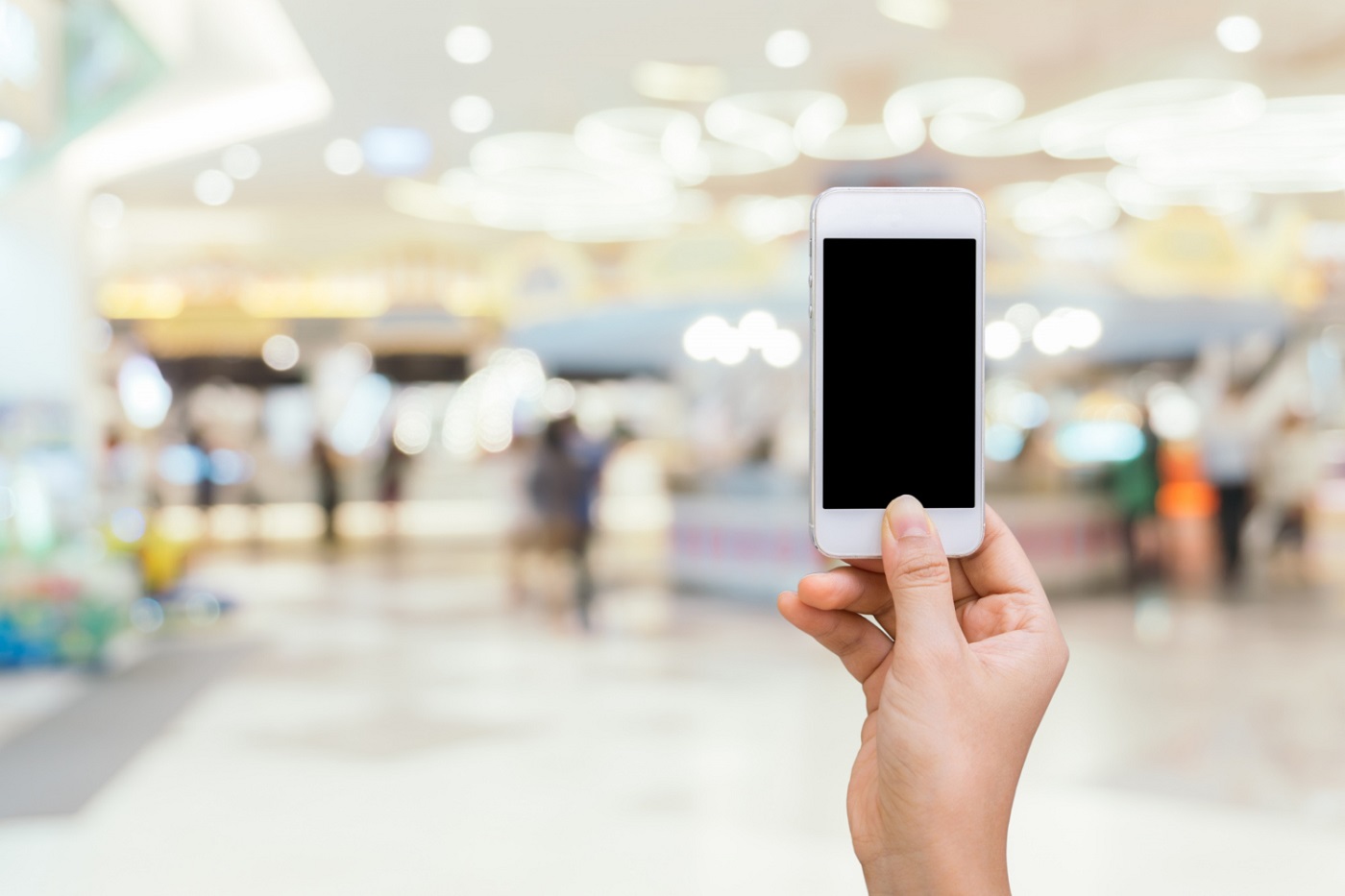Small businesses must successfully market their products and services inside their physical stores to boost sales and attract clients. But because of a lack of resources, putting pricey marketing strategies into action can frequently be challenging. Thanks to cost-effective in-store marketing choices, small businesses may achieve their goals without going bankrupt.
This blog post will examine six efficient marketing techniques that small businesses can utilize to enhance customer experience and boost sales.
-
1
Eye-Catching Signage and Displays
By using eye-catching signs and displays, in-store marketing may be improved in one of the most accessible and affordable ways. Thoughtfully created signage positioned strategically in strategic locations can attract customers' attention and point them toward particular goods or promotions. Use eye-catching signs to highlight special deals, discounts, or new arrivals at store entrances, aisles, and product displays. Small merchants can create an inviting shopping experience that entices customers and motivates them to explore more by combining appealing imagery, a clear message, and intense colors.
-
2
Creative Visual Merchandising
A welcoming in-store environment is greatly influenced by visual merchandising. Small businesses can use their creativity to arrange things in an appealing and well-organized way that will entice clients to buy on the spot. To build aesthetically beautiful displays that emphasize essential products, take into account themes, color coordination, and product positioning at eye level. The overall shopping experience can be improved by including storytelling components or interactive displays, which will leave a lasting impact on customers and increase the possibility that they will return.
-
3
Personalized Customer Engagement
Marketing conducted in-store extends beyond visual displays. Small businesses can engage customers in a personalized way that makes them feel special and increases their loyalty. Train store employees to offer friendly greetings, help, and product recommendations based on customers' preferences. Implementing a loyalty program that pays customers for coming back should also be on your list of things to do. Customers can be alerted about impending sales, brand-new products, and special discounts through personalized email or text communications, helping to keep them interested in and connected to the store.
-
4
Customer Reviews and Testimonials
Positive comments and suggestions from customers can greatly affect how other people decide what to buy. Small businesses can ask happy customers to write reviews on Google and other review sites, as well as on their own websites. Putting these ratings next to relevant goods or at checkout counters may change how customers think about them and make them feel more confident when buying. Also, shops can give customers discounts or small gifts in return for feedback to get them to talk about their experiences.
-
5
Targeted In-Store Promotions
To maximize their marketing efforts, small shops might employ focused in-store promotions. Analyse customer information and purchasing patterns to pinpoint niche markets or preferences. Make promotions and offers specifically for these target audiences. For instance, a retailer may run specials on exercise gear or clothing if they discover that many consumers are buying fitness-related things. Small merchants can improve their chances of acquiring and keeping devoted customers, ultimately boosting sales and business growth, by creating promotions tailored to their customer's requirements and interests.
Small retailers don't need pricey in-store promotions. They can improve their in-store experience, attract more customers, and grow sustainably within their budgets by using cost-effective strategies like eye-catching signage, creative visual merchandising, personalized customer engagement, social media integration, customer reviews, and targeted promotions.
Read Responses
No Comments
Leave a Reply
Your email address will not be published.

